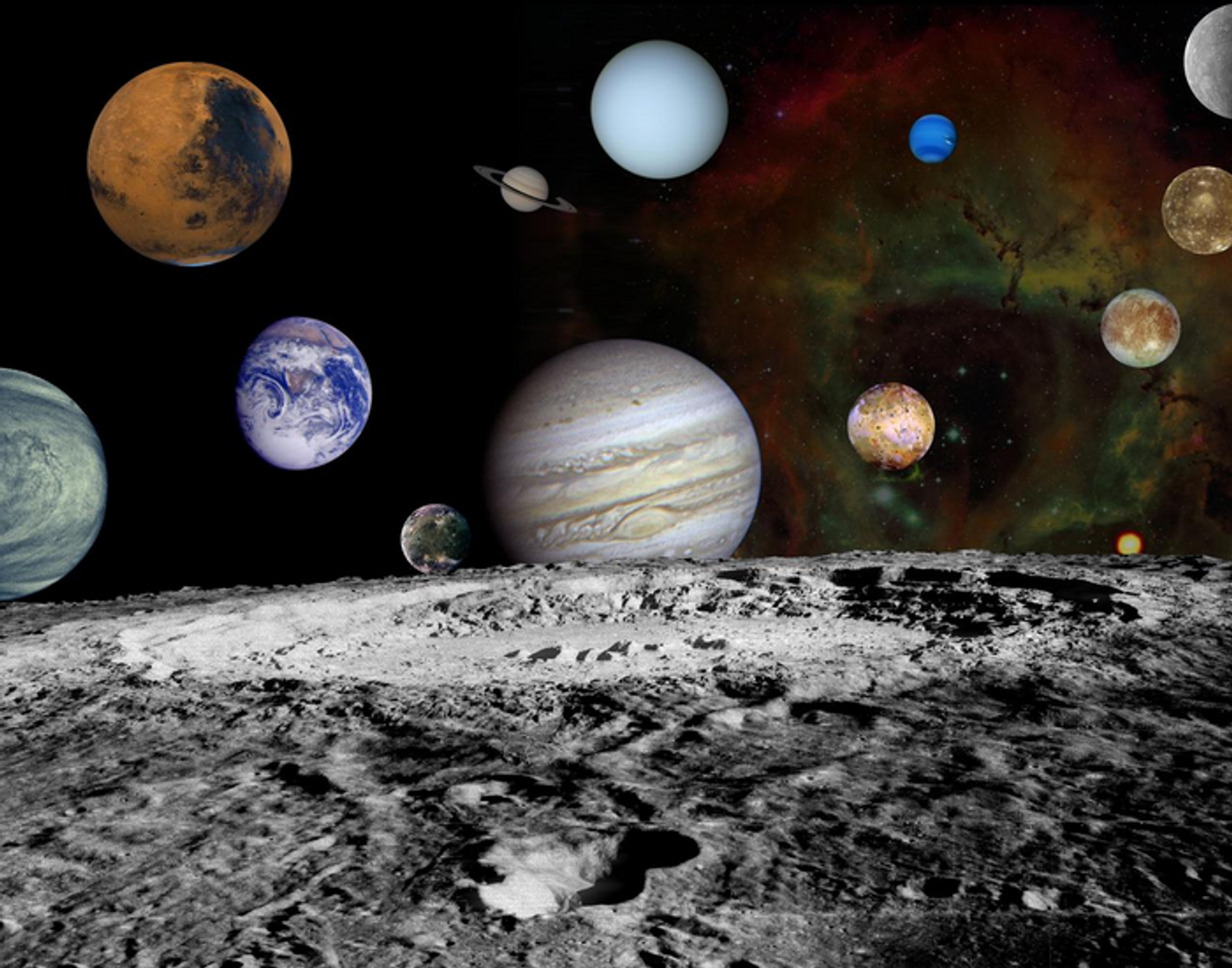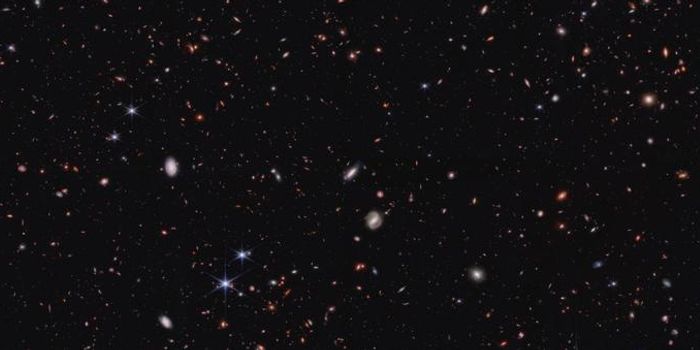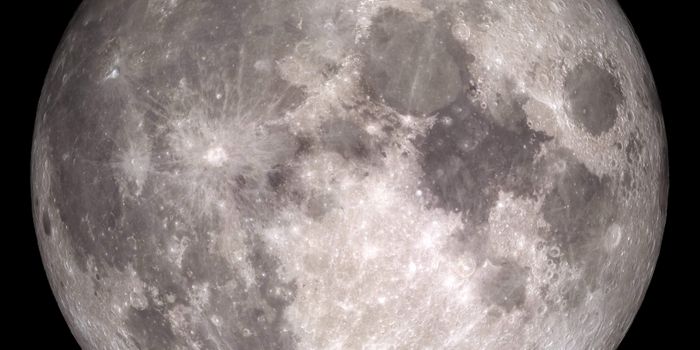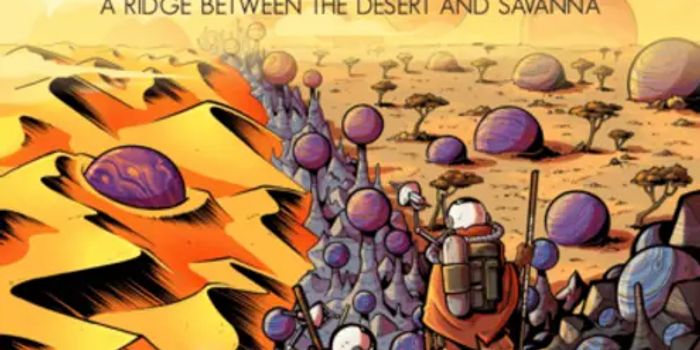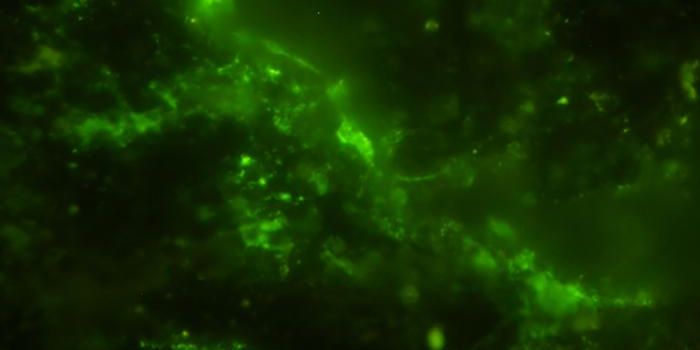Solar System More Fragile Than We Thought
An astrophysicist from UC Riverside (UCR) recently examined “two notable gaps in planetary science”, as noted by Dr. Stephen Kane, who is a Professor of Planetary Astrophysics at UCR, and lone author of the study. One gap includes a substantial size difference between the largest terrestrial planet, Earth, and the smallest gas giant, Neptune, with the latter being four times as wide and 17 times as massive, and nothing in between these two planets.
“In other star systems there are many planets with masses in that gap. We call them super-Earths,” said Dr. Kane.
The other gap regards the location between Mars and Jupiter, which is where the asteroid belt exists.
“Planetary scientists often wish there was something in between those two planets. It seems like wasted real estate,” said Dr. Kane.
Better understanding these two gaps could help scientists better understand the makeup of our solar system, as the continuous discovery of exoplanets throughout the cosmos “have revealed a large range of system architectures, many of which differ substantially from the solar system's model,” Dr. Kane notes in this paper.
For the study, Dr. Kane used computer models to simulate the existence of a planet between the orbits of Mars and Jupiter that encompassed a mass range between 1 and 10 times the Earth’s mass, also known as a super-Earth, and an orbit between 2 and 4 astronomical units (AU) from the Sun, or between 2 and 4 Earth distances. Dr. Kane then observed the effects this super-Earth would have on the orbits of the eight planets. Unfortunately, the computer models spelled a terrible fate for our solar system.
“This fictional planet gives a nudge to Jupiter that is just enough to destabilize everything else,” explains Dr. Kane. “Despite many astronomers having wished for this extra planet, it’s a good thing we don’t have it.”
The reason why this nudge to Jupiter would spell doom for the rest of the solar system is due to the giant planet’s enormous gravitational influence, as it is 318 times as massive as the Earth. If Jupiter had its orbit disturbed even slightly, it would have a catastrophic cascading effect on every planetary body orbiting our Sun.
The model’s simulations determined a null result if the super-Earth was placed at 3 AU, but Mercury will experience orbital instability if the super-Earth exists between 3.1 and 4.0 AU, with similar orbital instabilities occurring with Mars when the super-Earth exists between 2.0 and 2.7 AU. While the simulations also demonstrated “relatively small orbital perturbations” to both Jupiter and Saturn, the resulting angular momentum transferred to the outer planets could result in them being ejected from the solar system entirely at specific orbital resonance locations of the new planet.
In astrophysics, an orbital resonance occurs when the orbital periods of two celestial bodies can be stated as a ratio of two integers. As an example, if Planet A conducts two orbits for every one orbit of Planet B, then these two bodies would be in a 2:1 resonance. In terms of this study, this means planetary ejection could occur when if the new planet shares an orbital resonance with one, or many, of the outer planets.
If any of these scenarios aren’t dooming enough, this new super-Earth would alter the shape of the Earth’s orbit, which would result in cataclysmic climate alterations. If life doesn’t end entirely on Earth because of this, our planet would still be far less habitable than it is currently.
While Dr. Kane said placing a super-Earth with a smaller mass directly between Mars and Jupiter, orbital stability could be maintained. However, slight adjustments in any direction and, “things would go poorly,” Dr. Kane said.
Despite the gloomy findings, they gave Dr. Kane a newfound respect for the delicate mechanisms that help maintain order within our solar system.
“Our solar system is more finely tuned than I appreciated before. It all works like intricate clock gears. Throw more gears into the mix and it all breaks,” said Dr. Kane.
What new exoplanetary discoveries will help scientists better understand our own solar system in the coming years and decades? Only time will tell, and this is why we science!
Sources: The Planetary Science Journal, UC Riverside News, Astronomy & Astrophysics
As always, keep doing science & keep looking up!
